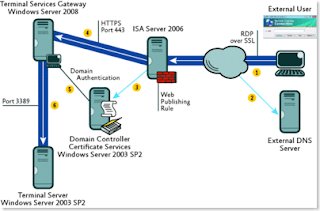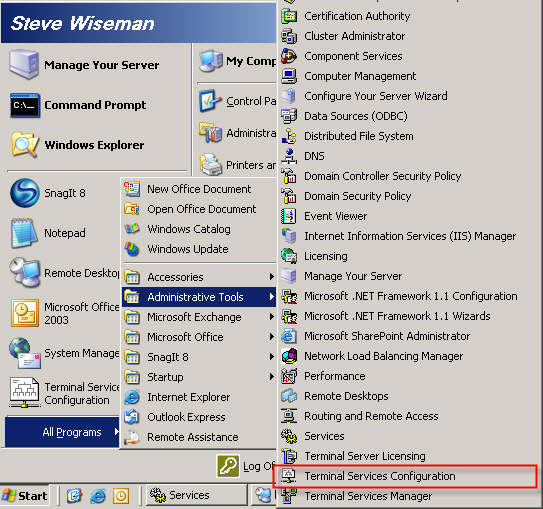

(Different makes of terminal server offer different kinds of interconnection.

The other side of the terminal server connects through network interface cards ( NIC) to a local area network ( LAN), usually an Ethernet or token ring LAN, through modems to the dial-in/out WAN, or to an X.25 network or a 3270 gateway. The terminals connect to the terminal server from their RS-232C or RS-423 serial port. Computer “servers” tend to perform a specific function.A terminal server, also sometimes called a communication server, is a hardware device or server that provides terminals, such as PCs, printers, and other devices, with a common connection point to a local or wide area network ( WAN).

Web servers serve up websites, file servers give access to files and folders, print servers manage the printing of documents and so on. Terminal Servers on the other hand is a bit of an archaic term and goes back to the time when people used “dumb” terminals. They were renamed Remote Desktop Servers with Microsoft Windows Server 2008, but actually the dumb terminal concept is quite appropriate when trying to explain “what is a terminal server”. In the old days of green screen terminals there were no applications running on the terminal, everything ran on the big old mainframe in the next building. A modern terminal server works in the same way, all the applications run on the computer running the Terminal Server Service rather than on the PC you might use to connect to it over a TCP IP network like your local area network or even over the internet. If you’re wondering why that would be better than using programs running on your PC, imagine you work for an organisation with branches or sites across the country. In this organisation everyone wants to share information, but if the files are held on a file server in London then it is going to be painfully slow for the guys on remote computers in Edinburgh to use Microsoft Word to open, edit and save Word documents, especially if the document is large and contains lots of graphics. The answer to this problem is to run Word on a computer (server) in London and just send the screen view of it across the network to remote machine in Edinburgh.

The data contained in a view of the computers screen is tiny compared with the whole document and in the scheme of things it doesn’t change very much, no matter how fast you type. In return the keyboard and mouse clicks are even tinier. This remote control concept is what is at the heart of a Windows terminal server it has the applications, the users just remote control it.


 0 kommentar(er)
0 kommentar(er)
